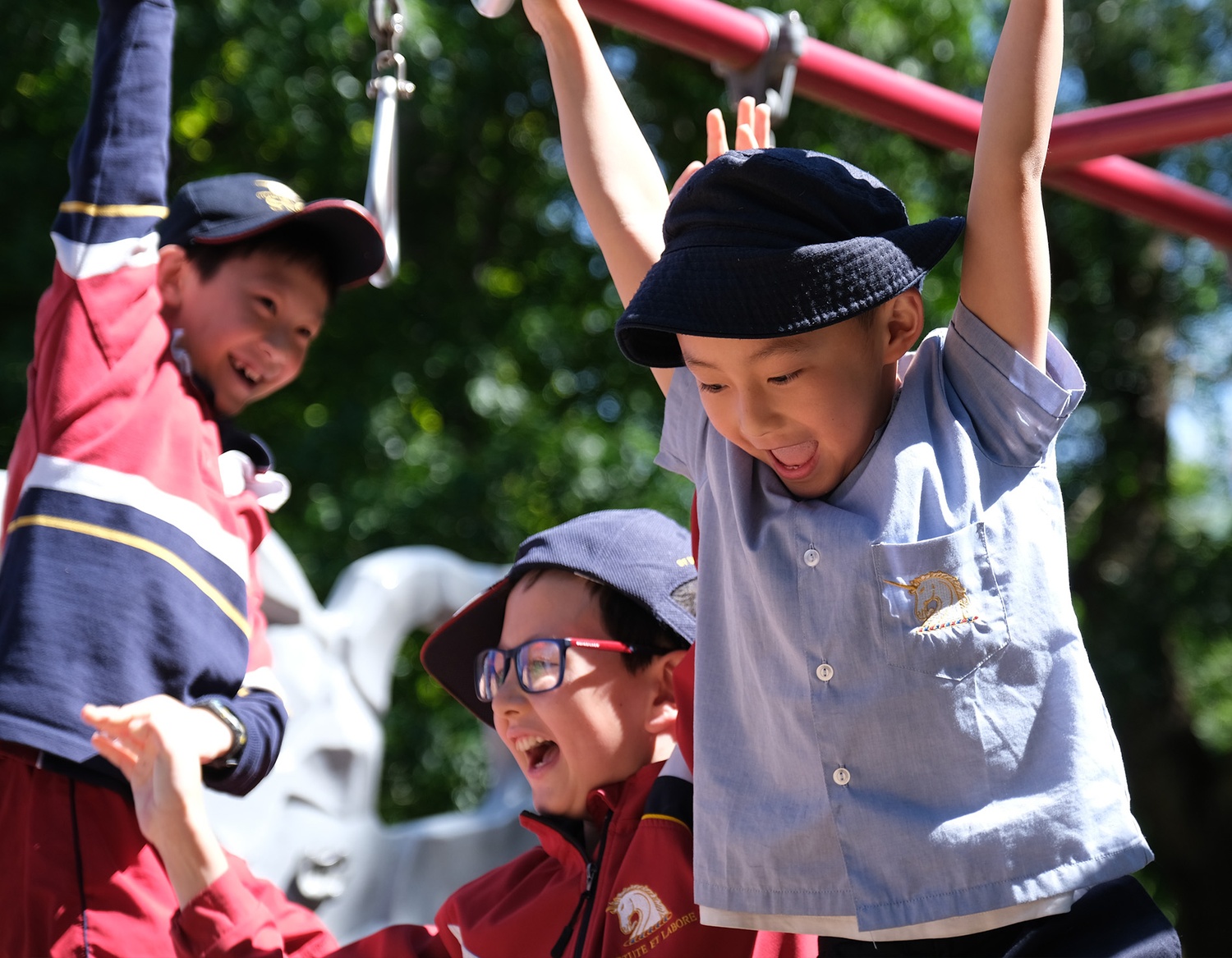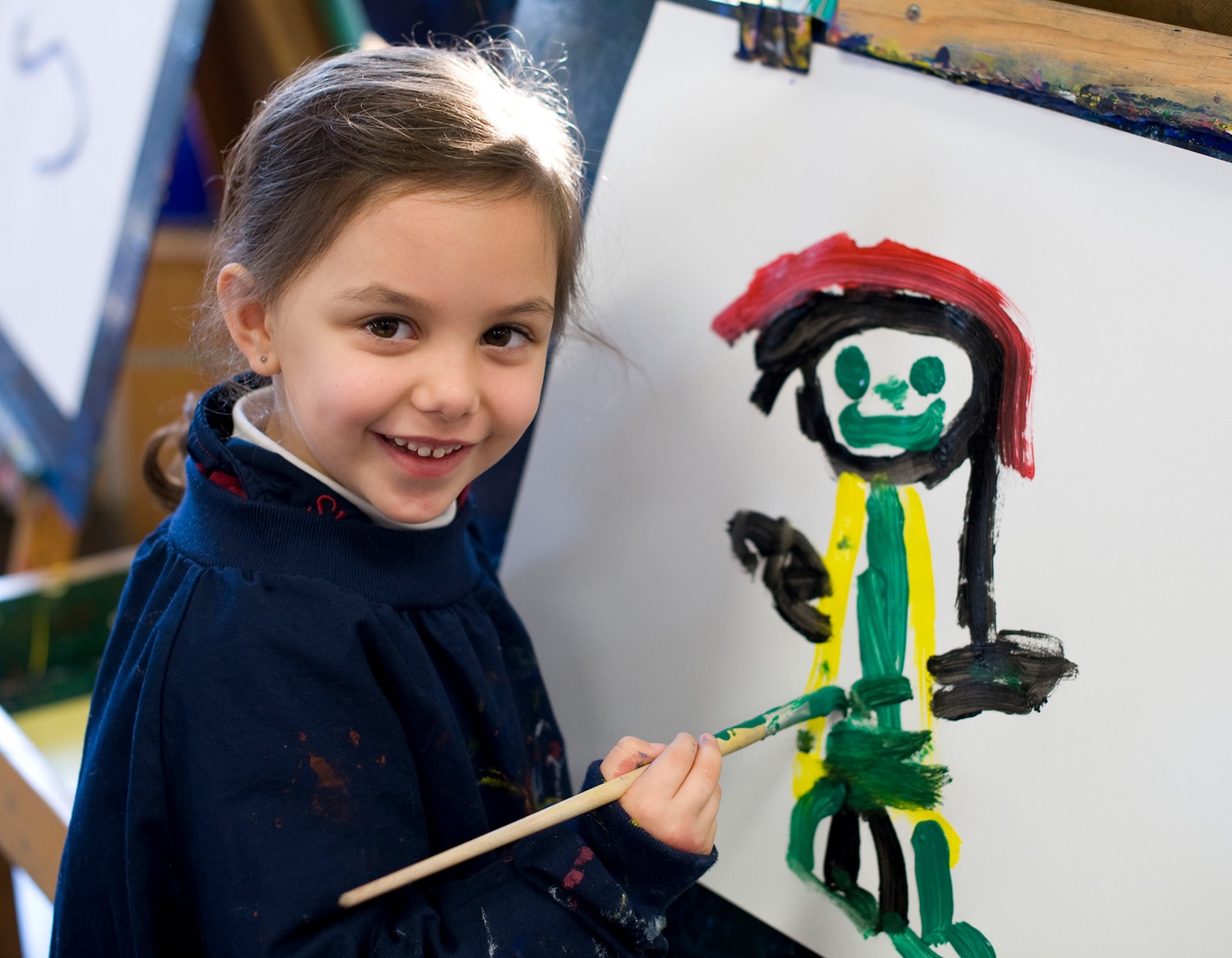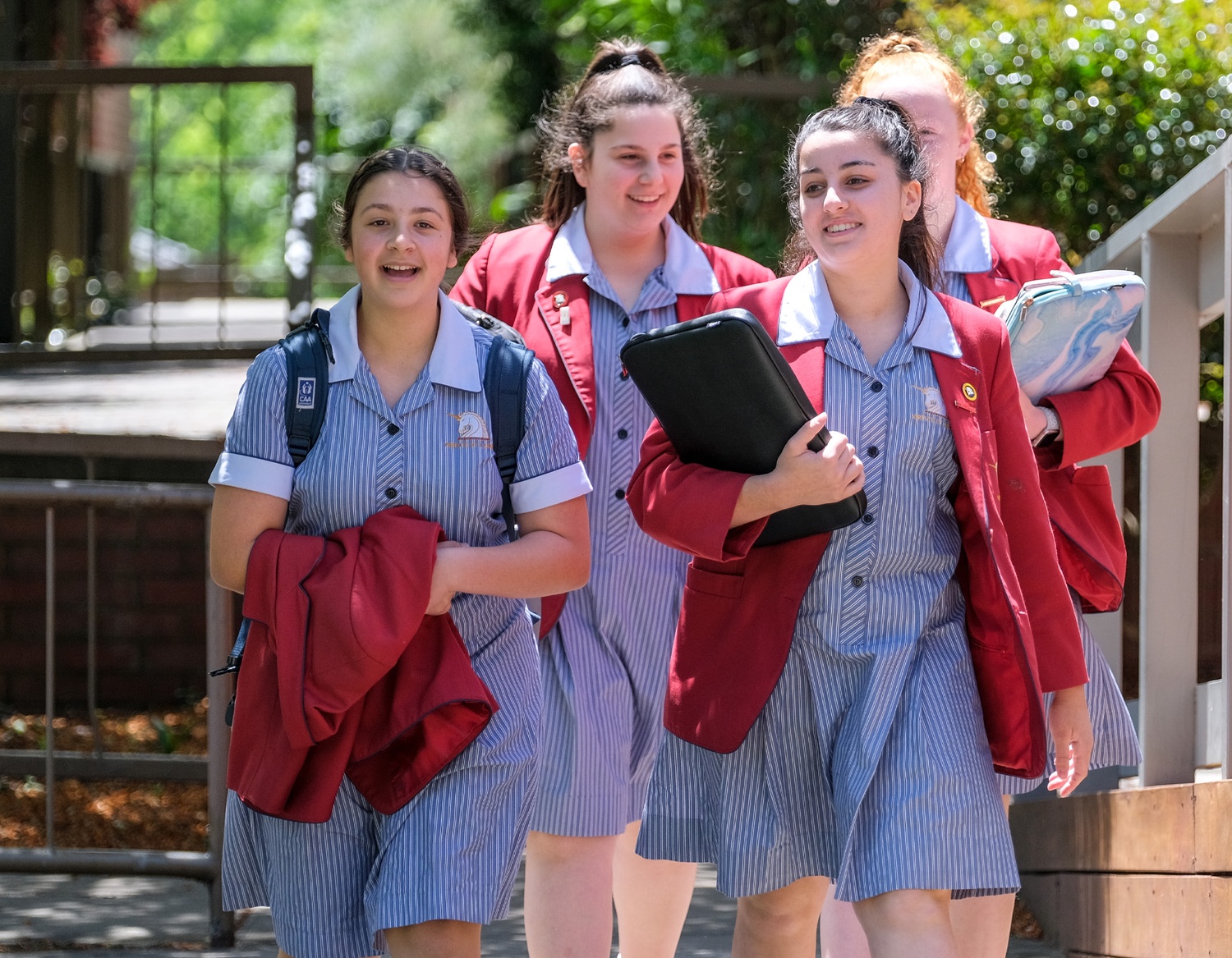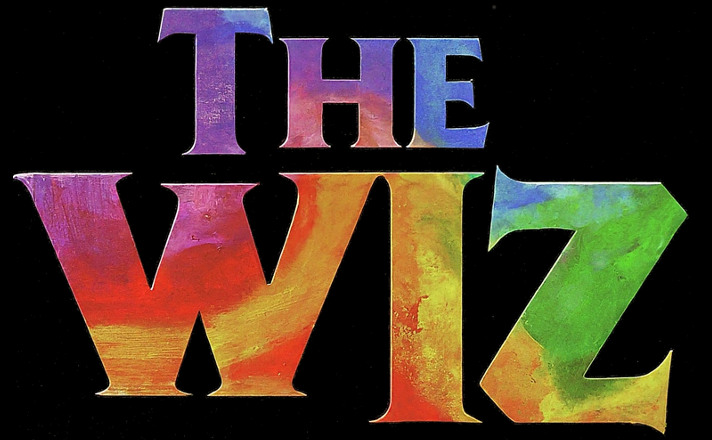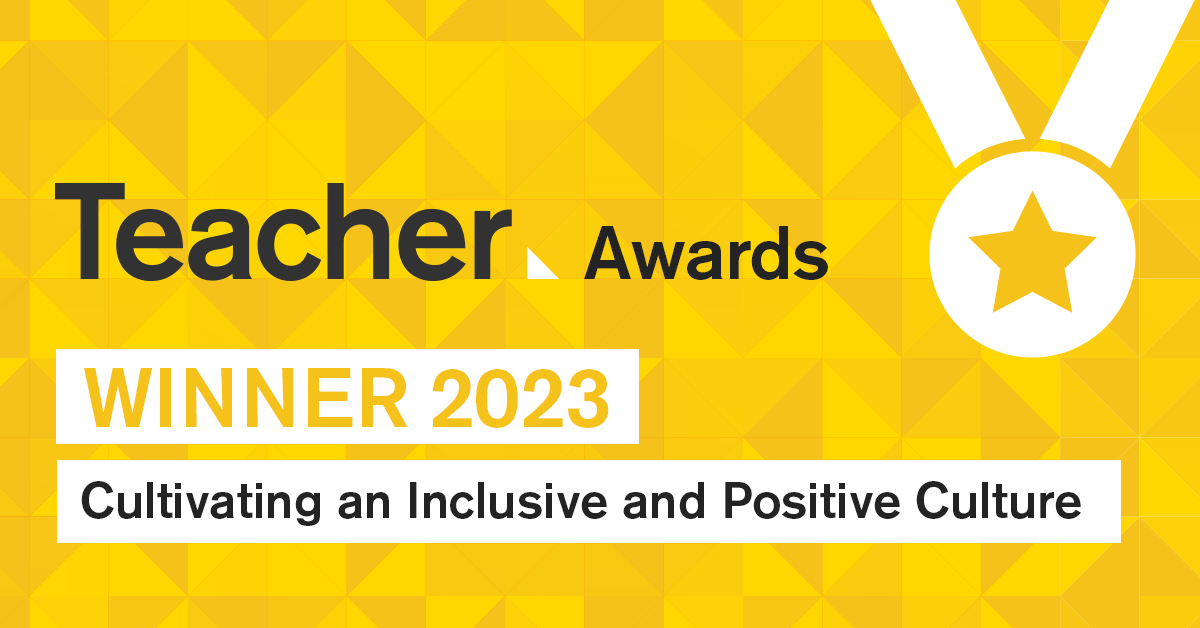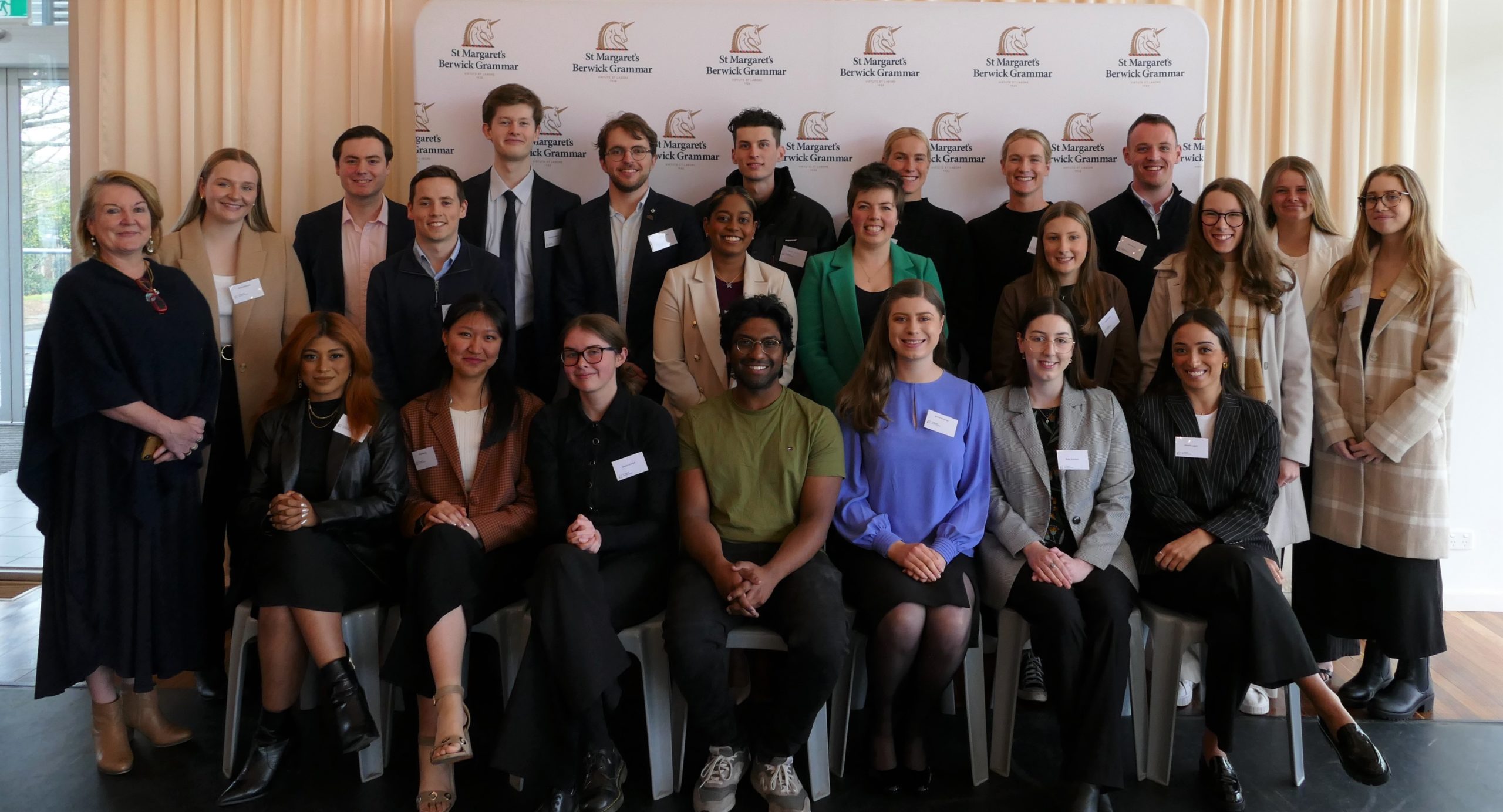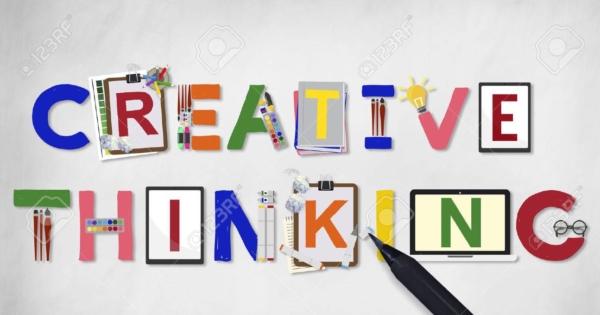
Creative Thinking
Creative Thinking is one of the secondary school’s Learning Behaviours; a set of characteristics demonstrated by people that will support them in their learning and allow them to become better learners.
What is creative thinking, and why is it important?
Most people associate creativity with artistic tasks such as writing a novel, painting a picture, formulating a dance or composing music. While these are all creative endeavours, not all creative thinkers are artists. Some people think of science and engineering as the exact opposite of art and creativity. However, the opposite is true. The field of STEM (i.e., science, technology, engineering, and mathematics) is highly creative. For example, designing a more efficient assembly line robot, writing an innovative new computer program, or developing a testable hypothesis are all highly creative acts. In fact, the history of science and technology is filled with projects that did not work, not because of errors in technique or methodology, but because people remained stuck in assumptions and old habits.
Creativity in this sense involves what is called lateral thinking, or the ability to perceive patterns that are not obvious. People who exhibit creativity have the ability to devise new ways to carry out tasks, solve problems, and meet challenges. They bring a fresh, and sometimes unorthodox, perspective to what they do.
Creative thinking can be strengthened with practice. You can develop creative thinking by solving problems set in contexts that are unfamiliar, being aware of (and letting go of) your assumptions, being aware of common biases and through being more of a risk-taker, being more prepared to ‘play’ with ideas.
Top Creative Thinking Skills
Analytical
Before thinking creatively about something, you first have to be able to understand it. This requires the ability to examine things carefully to understand what they mean. Whether you are looking at a text, a set of data, a graph, or an equation, you need to be able to analyse it first.
Open-Minded
Creativity involves thinking of things no one else has considered before. You have to set aside any assumptions or biases you may have, and look at things in a completely new way. By coming to a problem with an open mind, you allow yourself the chance to think creatively.
Organisation
This might seem counterintuitive: aren’t creative people known for being somewhat disorganised? Actually, organisation is an important part of creativity. While you might need to get a bit messy when trying out a new idea, you then need to organise your ideas so that other people will be able to understand and follow through with your vision. Being able to structure a plan of action with clear goals and deadlines is vital.
Communication
People will only appreciate your creative idea or solution if you can communicate it effectively to the people with whom you work. Therefore, you need to have strong written and oral communication skills.
You also need to be able to fully understand a situation before thinking creatively about it. Therefore, you also need to be a good listener. By asking the right questions and understanding the problem, you can come up with a unique solution.
Creative thinking involves students learning to generate and apply new ideas in specific contexts, seeing existing situations in a new way, identifying alternative explanations, and seeing or making new links that generate a positive outcome. This includes combining parts to form something original, sifting and refining ideas to discover possibilities, constructing theories and objects, and acting on intuition. The products of creative endeavour can involve complex representations and images, investigations and performances, digital and computer-generated output, or occur as virtual reality.
No longer can education be solely about the transfer of what is known to our students. By focusing on how to engender critical and creative thinking in our curriculum and our classes, we strive to help our students understand how to apply their knowledge and skills in situations that they have never encountered before.
Ms Linda Shardlow
Director of the Centre for Excellence in Learning and Teaching
